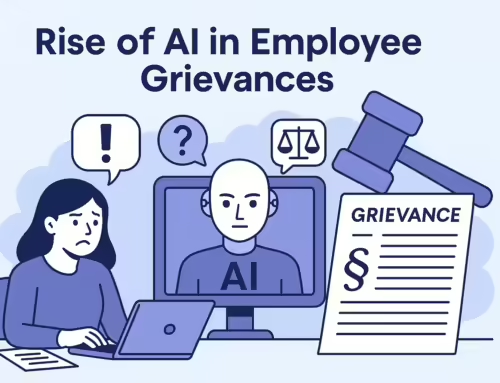On the 5th April 2015 employees will become entitled to Shared Parental Leave (SPL) and Statutory Shared Parental Pay (ShPP), which replaces Additional Paternity Leave for any births or adoptions on or after the 5th April 2015. Up until that time partners may be eligible for Additional Paternity Leave.
HR Advice Hull, Employment Law Advice Hull, HR Consultancy Hull,
Key Terms:
- Mother: the woman who gives birth to a child or the adopter (the adopter means the person who is eligible for adoption leave and/or pay. They can be male or female).
- Partner: the child’s biological father or the partner of the mother/adopter. This can be a spouse, civil partner; or a partner who is living in an enduring relationship with the mother and the child.
- SPL: Shared Parental Leave.
ShPP: Statutory Shared Parental Pay. - Continuous leave: a period of leave that is taken in one block eg four weeks’ leave.
- Discontinuous Leave: a period of leave that is arranged around weeks where the employee will return to work eg an arrangement where an employee will work every other week for a period of three months.
- SPLIT day: Shared Parental Leave in Touch Day
- Unpaid Parental Leave: separate to SPL, entitles employees to take up to 18 weeks off work to look after a child’s welfare, this leave is normally unpaid
[alert style=”success”] Shared Parental Leave entitlement from 5/4/2015 Download the ACAS Guide [/alert]
What is Shared Paternity Leave
The new regulations give parents the right to take SPL and place a duty on employers to ensure that their employees are not penalised for using their entitlement or put under pressure to cancel/change a leave notification.
The amount of leave available is calculated using the mother’s entitlement to maternity/adoption leave, which allows them to take up to 52 weeks’ leave. If they reduce their maternity/adoption leave entitlement then they and/or their partner may opt-in to the SPL system and take any remaining weeks as SPL. This means their partner could begin to take SPL while the mother is still on maternity/adoption leave.
What Happens to Maternity/Adoption/Paternity Leave?
Parents will remain entitled to take maternity, paternity and adoption leave. However, an eligible mother or adopter may now choose to cut their maternity/adoption leave early and opt in to SPL.
A birth mother must take at least two weeks maternity leave after the birth of a child (four weeks for manual work in a factory environment) but can otherwise choose to end her maternity leave at any stage. An adopter can end their adoption leave once they have taken it for
two weeks.
The Shared Parental Leave eligibility criteria
To qualify for SPL a mother must:
- have a partner
- be entitled to either maternity/adoption leave or to statutory maternity/ adoption pay or maternity allowance
- have curtailed, or given notice to reduce, their maternity/adoption leave, or their pay/allowance (if not eligible for maternity/adoption leave).
A parent intending to take SPL must:
- be an employee
- share the primary responsibility for the child with the other parent at the time of the birth or placement for adoption
- have properly notified their employer of their entitlement and have provided the necessary declarations and evidence.
In addition, a parent wanting to take SPL is required to satisfy the ‘continuity of employment test’ and their partner must meet the ‘employment and earnings test’.
Continuity of employment test |
Employment and earnings test |
| The individual has worked for the same employer for at least 26 weeks at the end of the 15th week before the child’s expected due date/matching date and is still working for the employer at the start of each leave period. | In the 66 weeks leading up to the baby’s expected due date/ matching date, the person has worked for at least 26 weeks and earned an average of at least £30 (as of 2015) a week in any13 weeks. |
Shared Parental Pay (ShPP)
A mother, subject to certain criteria, will be entitled to statutory maternity pay/ adoption pay/Maternity Allowance for up to 39 weeks. If the mother gives notice to cut their entitlement before they will have received it for 39 weeks then any remaining weeks could become available as ShPP.
Statutory Shared parental pay is paid at £138.18 or 90% of the employees average weekly earnings (whichever is lower).
If both parents qualify for ShPP they must decide who will receive it, or how it will be divided, and they must each tell their employer of their entitlement.
What you need to do next?
At this stage your employees are covered by the existing rules relating to Additional Paternity Leave, but by April 2015 it will be advisable to have a separate policy relating to Shared Paternity Leave, to show how this additional entitlement will run alongside your existing maternity, adoption and paternity leave.




